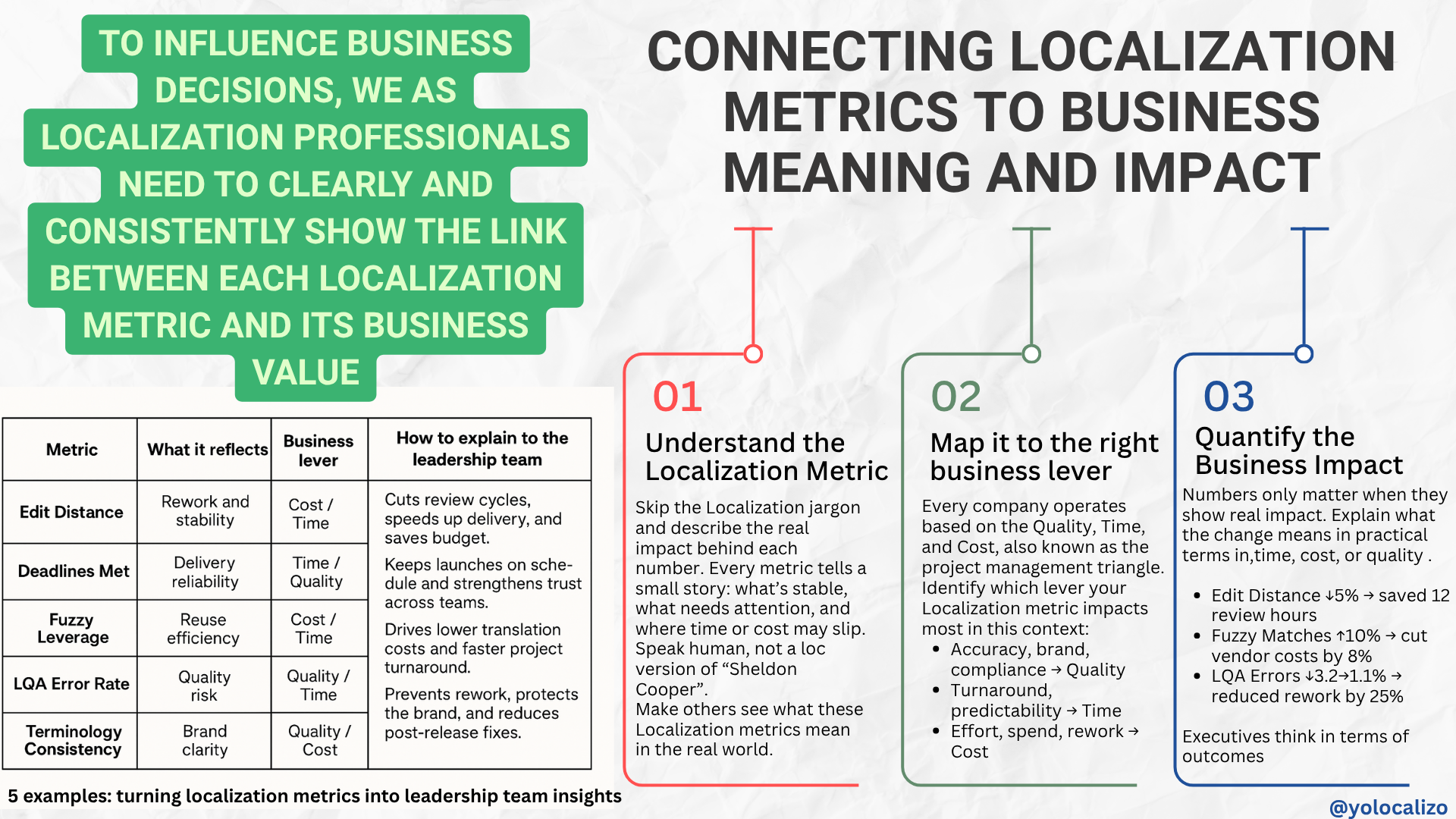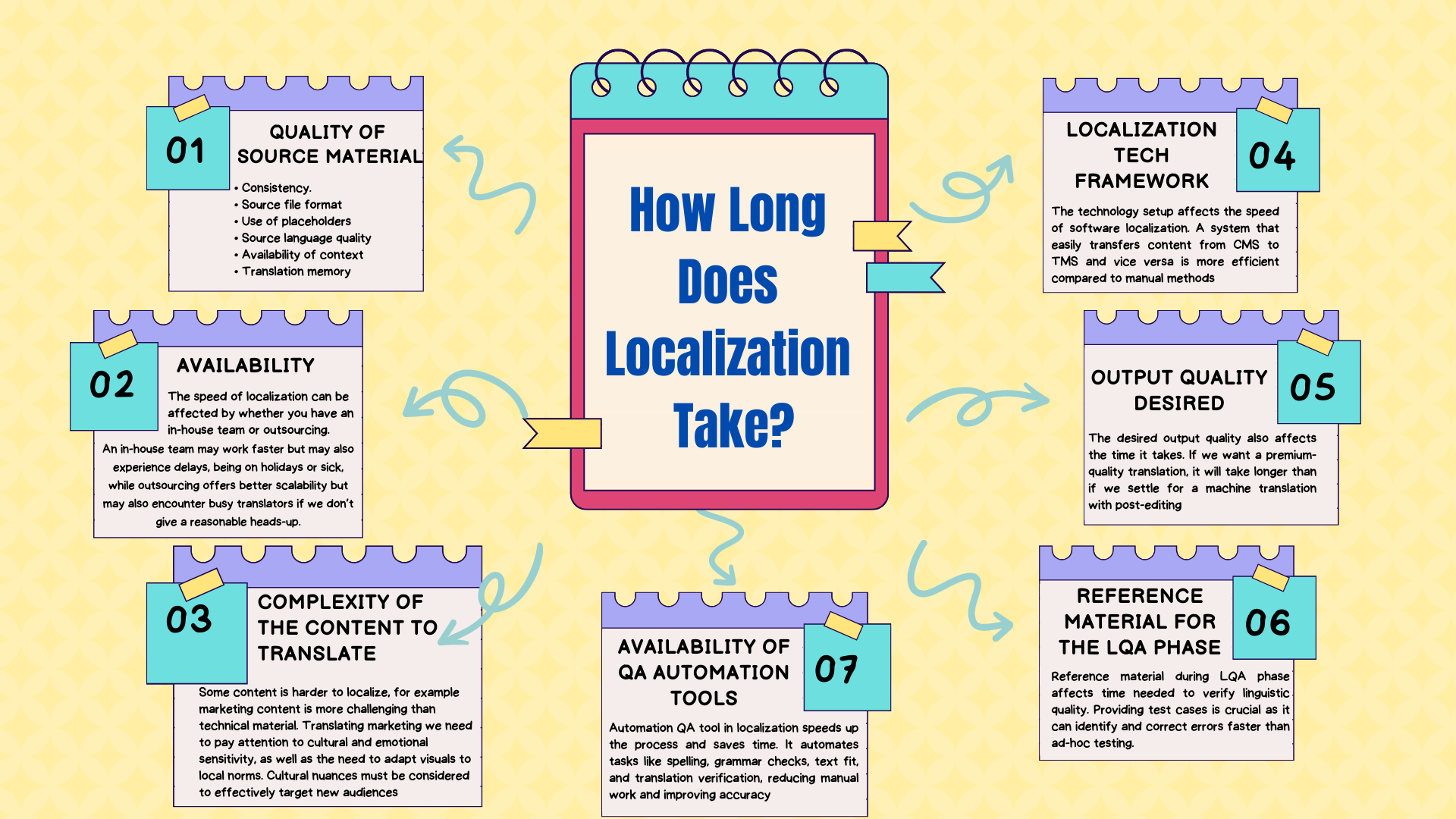The three main phases you should include as part of your Globalization content customer journey
The virus that broke into our lives one year ago has complicated our lives (a lot).
Still, there are things that this virus has not been able to take away, such as the localization industry is eager to continue getting together, sharing knowledge, and making each other better by sharing ideas and expertise.
That happened earlier this month, where we met 39 speakers to share ideas with 4122 attendees from 106 countries.
That was possible thanks to Smartcat's event, which under the appropriate name of Stronger by Sharing, they created a #LocFromHome event that I found very interesting.
At that event, we learned more about how to improve raw MT quality for user-created content; we also had the opportunity to learn about the advantages and disadvantages of a production model based on in-house versus outsourcing, we learned more about trends and how to interpret them, whether micro, macro or mega, we learned about strategy and localization and how to position our teams as a strategic function that adds value.
It was a very interesting event that gave me many ideas, areas to investigate and a lot of food for thought.
In my case, I participated in a panel discussion with the name Start here: the case for strategic content localization. In that panel, Kathrin Bussmann allowed us to Yuka Nakasone, Carmen Aviles, and Patrick Nunes to discuss content prioritization, the different types of content, and how content at the Globalization/Localization level affects the customer journey.
Content is a topic that I find quite interesting since content drives the customer journey, and good localized content drives the Global customer journey!
Hence, it was an excellent opportunity to exchange ideas about the different phases that encompass the customer journey and the content generated in each of the phases.
In this post, I delve a little deeper into the ideas that I shared in that panel, and in this post, I do it from a slightly more generic perspective, I do it at a digital product level, not from a gaming perspective which is the localization vertical that I covered in that discussion.
If you are interested in the content topic, keep reading and I will explain to you what is, from my perspective, the three main steps in a Globalization content customer journey
Click HERE to download the infographic
Here we go!
1.- Awareness
Awareness is the first phase, and awareness is the critical first step, as, without awareness, there is no journey!
Hence, the goal at this stage is to create content and spread it widely across as many channels as possible. In this stage, we need to focus on SEO, paid advertising, and influencer campaigns.
And going to the main topic of our panel discussion, what is the content we should consider in this stage?
Content categories that we should consider in this phase are, for example
- Media coverage
- Advertisement in multiple channels
- Instagram posts/tweets social media in general
- Customer testimonials
- Microsites
- Ebooks
- Video
- White-papers
- Industry Reports
- Podcasts
- Infographics
- Google Ads
- Product Demos
- Webinars
- FAQs
Content at this stage should be high quality, so we make a positive first impression.
2.- Purchase
Hopefully, the awareness phase goes well, and we convince our potential customers, and they are ready to buy our product (or download our app).
So what’s the content we should consider in the Purchase phase?
It’ll be around content types such as
- (in-app) content
- Tutorials
- Product updates
- Free Trials
- Discounts and Offers
- How-To Tutorials
- Customer support
So basically, here, we have all the content related to the app that we see while interacting with the product.
3.- Retention
And then finally, we have the 3rd phase, which is retention. The content here is designed to engage users and increase monetization.
Content-type in this phase of the journey is around
- Community forums
- e-newsletters
- Scheduled blog posts
- Surveys
- User-generated Content
- Tweets
- Onboarding emails
- FAQ
With this content type, it's all about providing enough value to our users to make them want to return. This means also making them feel like part of a community.
Another area Kathrin touched on in our Panel discussion was
WHAT needs to be localized as a matter of priority in time for the launch?
That is a good question as there are several parameters that we have to weigh when deciding what needs to be localized.
The way I see it, there are four fundamental variables to consider when deciding what should be localized and in what order of priority
1. English proficiency in the markets we want to penetrate as some counties feel more comfortable when it comes to consuming English content. It is for this reason that English proficiency and their tolerance for consuming non-localized content should be the first factor you should take into account when reviewing your content global strategy.
2. Market complexity and/or technical implementation challenges, e.g., I have been involved in some project that implementing i18n best practices to include Arabic faced different challenges from font selection to UX design, and that has an impact not only on what needs to be localized but also when it needs to be localized,
3. Content visibility is the third parameter I use to rank content; for example, an application tutorial can be a high priority when deciding what to translate; tutorials need to be top quality; otherwise, we might not get retention.
4. and the cost is the fourth variable we have to balance; most of us have limited budgets!
The content prioritization formula:
English proficiency+ market complexity and implementation challenges+ content visibility+ cost.
And the last area where we had the opportunity to discuss was
HOW content is localized, and to what extent can the localization method differs based on the level of priority within the customer journey?
And it is in this area that I believe there is a connection between how the content is localized and the method as different methods should be used depending on the content.
As a recap, we have three main localization approaches
- professional human translation
- machine translation (MT)
- Machine translation with post-editing
so, depending on the visibility of the content and the complexity, we can use one method or another.
Each type of content deserves its own translation approach.
For example, for marketing content or critical content of your app, I would use a good professional transcreation, while translating tweets or FAQ using MT can be the most effective strategy.
Conclusion
When a person has a great experience with a product, service, and company, they will want to spread the word and tell others about it. It's human nature. In order to create that great experience, it is important that you have a content globalization strategy with a clear intention to achieve a good level of engagement and loyalty in the different markets in which your product operates (or wants to operate).
To achieve that:
-partner with content creators
-and your company's marketing team to get a good understanding of the content types and marketing plans,
-and then execute a careful analysis to get the most out of your content strategy
If you find this topic interesting, I recommend you to read this other post How to develop a successful Content Localization Strategy to help drive your company’s growth
Thank you, Smarcat, for organizing this event, and thank you, Kathrin, Yuka, Carmen, and Patrick, for making me spend an afternoon in my home-office where I forgot about COVID for a few hours and where the message of Stronger by sharing took over my mind.
Have a great week!
@yolocalizo

















Many teams treat localization vendors as interchangeable compare rates, sign the contract, move on. But every switch comes with invisible costs: lost context, quality dips, and team fatigue. In this latest post, I unpack what really happens behind a vendor change ( and how to prepare for it like a continuity project, not a quick fix)